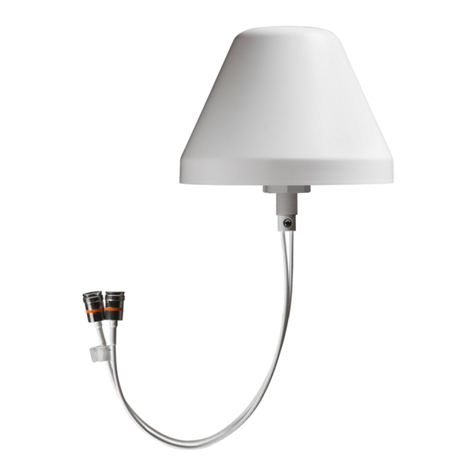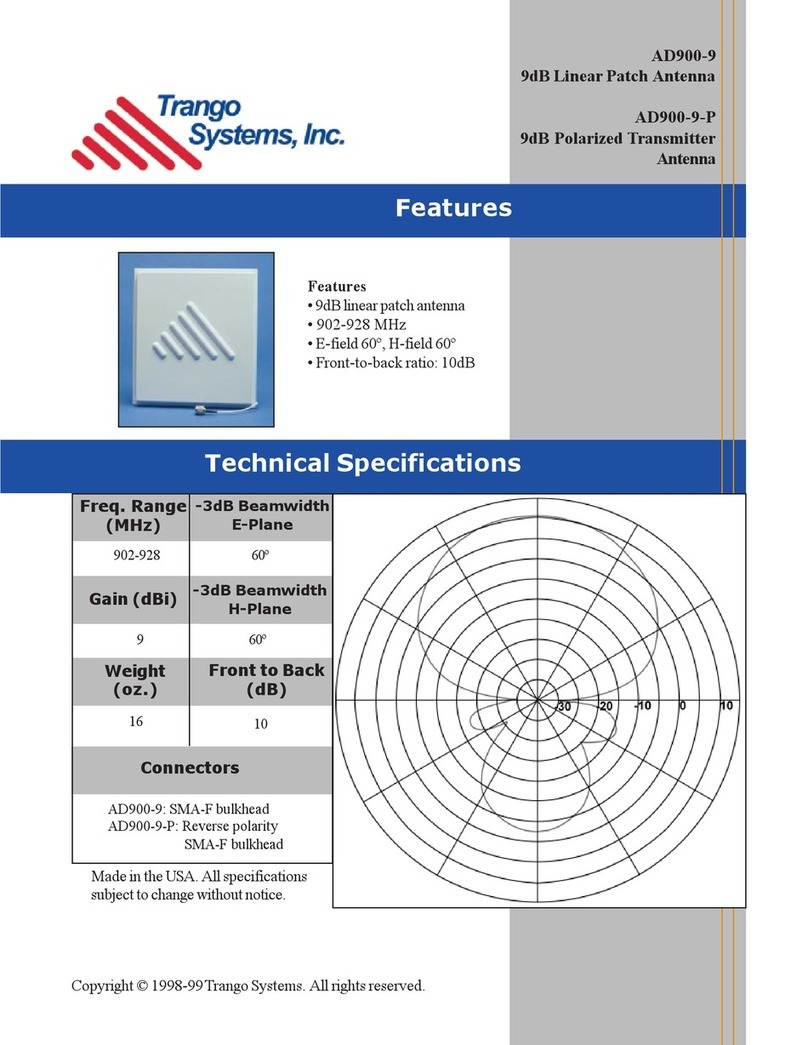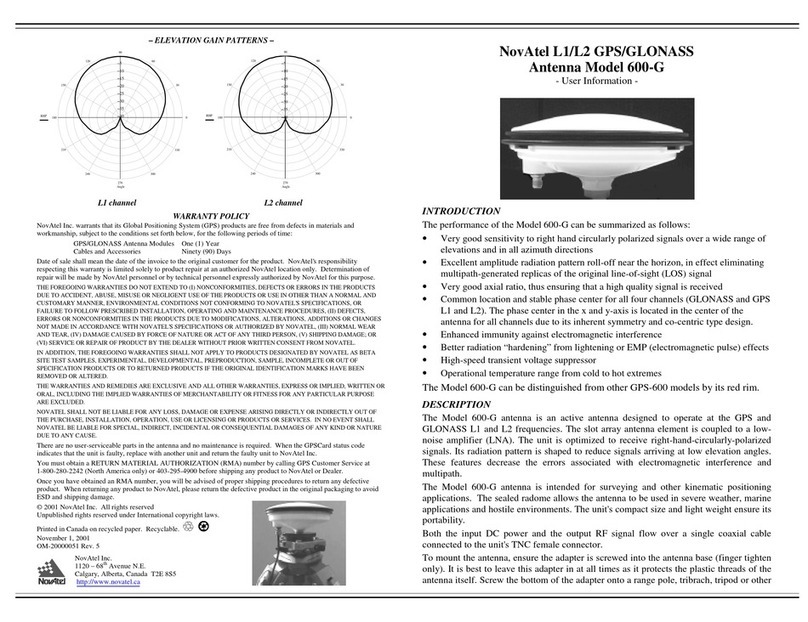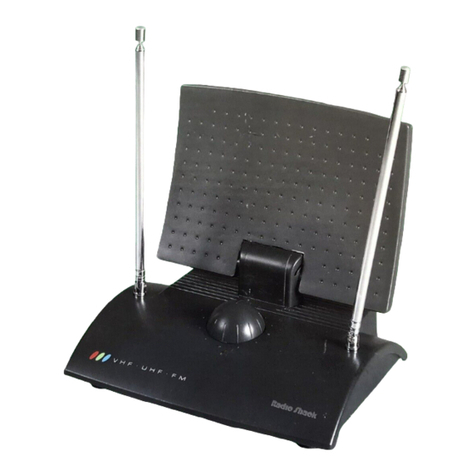
Antenna design guide for MFRC52x, PN51x and PN53x
All information provided in this document is subject to legal disclaimers.
© NXP B.V. 2010. All rights reserved.
Rev. 1.2 — 11 October 2010
144512
1. Introduction
1.1 Purpose and Scope
This application note is intended to give a practical guide to design and dimension
antennas and RF parts for contactless reader as well as NFC devices. The application
note will provide the required understanding to design application specific antennas and
dimensioning RF parts to achieve the best performance for a communication according
to the different communication schemes of the ICs.
The RF part covers the required matching circuit to match an application specific antenna
coil to the output driver of the MFRC522/MFRC523/PN51x/PN53x as well as the
receiving circuit in order to detect a received RF signal.
1.2 MFRC52x/PN51x/PN53x features
The MFRC522/MFRC523/PN51x/PN53x devices are designed to communicate in three
different operation modes:
1. Reader/Writer mode to communicate to an ISO/IEC14443A, MIFARE card up to
100 mm depending on the antenna size and tuning. (MFRC52x /PN51x/PN53x).
2. Reader/Writer mode to communicate to a ISO/IEC14443 B card up to 100 mm
depending on the antenna size and tuning (MFRC523/PN51x/PN53x).
3. Reader/Writer mode to communicate to a FeliCa card up to 100 mm depending on
the antenna size and tuning (PN51x, PN53x).
4. NFCIP-1 mode to communicate to another NFC devices up to 100 mm depending on
the antenna sizes and tuning (PN51x, PN53x).
5. ISO/IEC14443A, MIFARE card or FeliCa card mode to communicate to
ISO/IEC14443A, MIFARE or FeliCa reader up to 100 mm depending on the
generated external field strength. (PN51x, PN53x)
The MFRC52x/PN51x/PN53x’s overall functionality can be separated into three
functions:
6. Generate the RF field: The generated magnetic field has to be maximized within the
limits of the transmitter supply current and general emission limits.
7. Transmit data: The coded and modulated data signal has to be transmitted in a way,
that every card and MFRC52x /PN51x/PN53x device is able to receive it. The signal
shape and timing according to relevant standards has to be considered.
8. Receive data: The response of a card or MFRC52x /PN51x/PN53x device has to be
transferred to the receive input of the PN51x/PN53x considering various limits, e.g.
maximum voltage and receiver sensitivity.
The operating distance for the MFRC52x/PN51x/PN53x depends on
•the matching of the antenna,
•the sensitivity of the receiving part,
•the antenna size of the device,
•the antenna size of the communication partner and
•external parameters, such as metallic environment and noise.



























